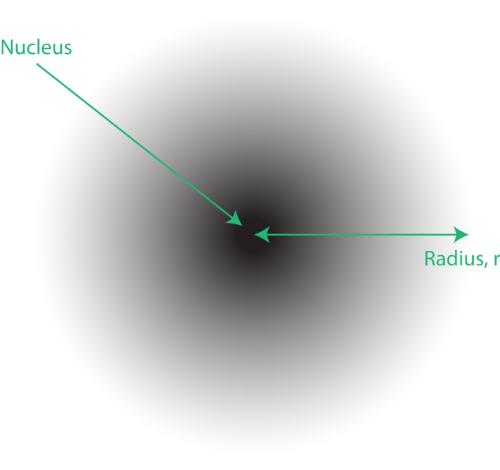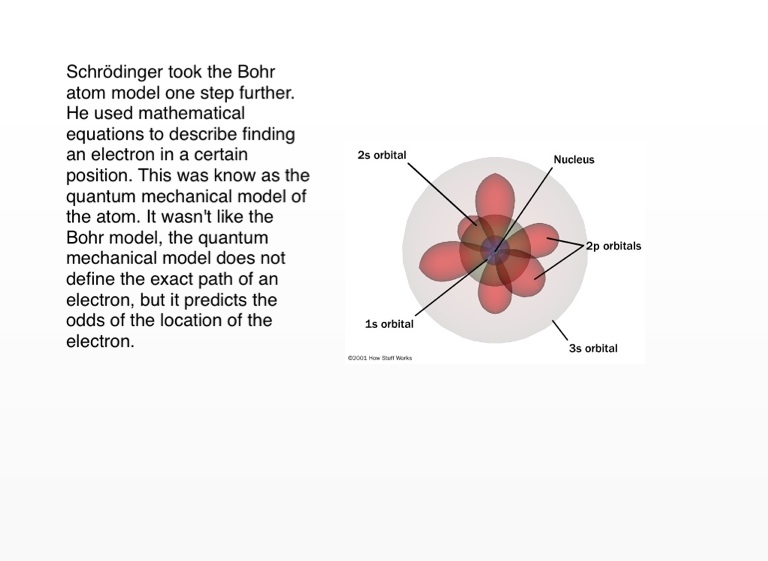

It was his later work at the University of Manchester which would provide further insights into the insides of an atom. Scientists had started to peer into the atom’s innards, but Thomson’s model would not hang around for long – and it was one of his students that provided the evidence to consign it to history.Įrnest Rutherford was a physicist from New Zealand who studied at Cambridge University under Thomson.

Dubbed ‘The Plum Pudding Model’ (though not by Thomson himself), it envisaged the atom as a sphere of positive charge, with electrons dotted throughout like plums in a pudding. In 1904, he put forward his model of the atom based on his findings. This discovery would win him a Nobel Prize in 1906. He had discovered the electron (though he referred to it as a ‘corpuscle’), and shown that atoms were not indivisible, but had smaller constituent parts. From this he deduced the rays must be negatively charged.īy measuring the charge on the particles in the rays, he was able to deduce that they were two thousand times lighter than hydrogen, and by changing the metal the cathode was made from he could tell that these particles were present in many types of atoms. He carried out experiments using cathode rays produced in a discharge tube, and found that the rays were attracted by positively charged metal plates but repelled by negatively charged ones. The first breakthrough came in the late 1800s when English physicist Joseph John (JJ) Thomson discovered that the atom wasn’t as indivisible as previously claimed. What followed was another, shorter lull where our knowledge of atoms didn’t progress all that much. There were some attempts to define what atoms might look like, such as Lord Kelvin’s suggestion that they might have a vortex-like structure, but it wasn’t until just after the turn of the 20th Century that progress on elucidating atomic structure really started to pick up. He also came up with theories about how atoms combine to make compounds, and also came up with the first set of chemical symbols for the known elements.ĭalton’s outlining of atomic theory was a start, but it still didn’t really tell us much about the nature of atoms themselves. However, since the neutron wouldn’t be discovered until 1932, we can probably forgive Dalton this oversight. The latter point is one that pretty much still holds true, with the notable exception being isotopes of different elements, which differ in their number of neutrons. He drew on the ideas of the Ancient Greeks in describing atoms as small, hard spheres that are indivisible, and that atoms of a given element are identical to each other. It wasn’t until 1803 that the English chemist John Dalton started to develop a more scientific definition of the atom. It was a long wait, however, before these foundations were built upon. Though we now know that this is not the case, their ideas laid the foundations for future atomic models. Water atoms were smooth and slippery, explaining why water was a liquid at room temperature and could be poured. They envisaged iron atoms as having hooks which locked them together, explaining why iron was a solid at room temperature. These scholars imagined atoms as varying in shape depending on the type of atom. Though their ideas about atoms were rudimentary compared to our concepts today, they outlined the idea that everything is made of atoms, invisible and indivisible spheres of matter of infinite type and number. The Ancient Greek theory has been credited to several different scholars, but is most often attributed to Democritus (460–370 BC) and his mentor Leucippus. The word ‘atom’ actually comes from Ancient Greek and roughly translates as ‘indivisible’. In fact, we have to go all the way back to Ancient Greece to find its genesis. Though our graphic starts in the 1800s, the idea of atoms was around long before. This graphic takes a look at the key models proposed for the atom, and how they changed over time.

Despite this, our ideas about what an atom is are surprisingly recent: as little as one hundred years ago, scientists were still debating what exactly an atom looked like. This is something we now take as a given, and one of the things you learn right back at the beginning of high school or secondary school chemistry classes.


 0 kommentar(er)
0 kommentar(er)
